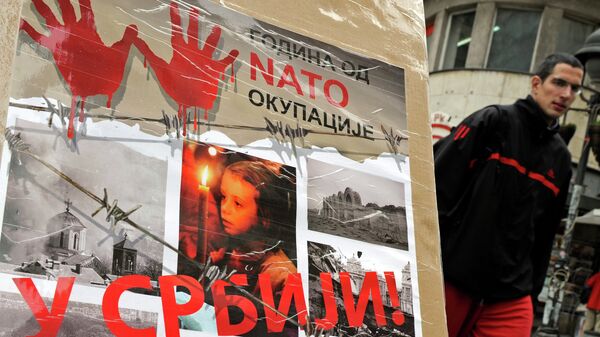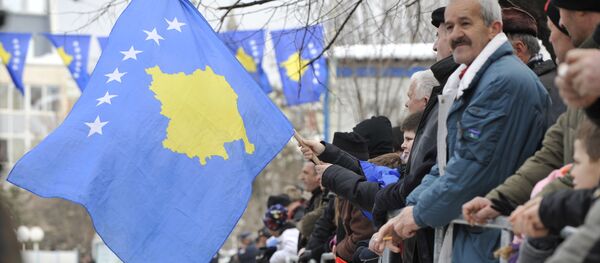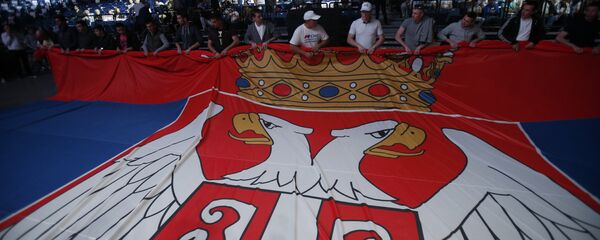The Serbian government estimates that the 78-day bombing campaign, which NATO launched without the authorization of the UN Security Council, killed at least 2,500 people, around 1,000 of whom were soldiers or police officers. Around 6,000 people were injured, 2,700 of whom were children.
As well as the cost to human life, the government also estimated the airstrikes cost Serbia around 100 million dollars in material damage.
To this day, Serbia's Mine Action Center continues its search for dangerous munitions in Serbia as a result of the bombing campaign.
Up to November 2016, the Mine Action Center had cleared around 20 million square meters of territory. Three million square meters is still littered with cluster munitions, and NATO's unexploded bombs remain in 150 locations.
De-mining in Kopaonik, Serbia.
In addition to the NATO bombing, Serbia is also clearing land mines planted in Presevo Valley, a region of southern Serbia which was attacked by ethnic Albanian terrorists belonging to the "Liberation Army of Presevo, Medvedja and Bujanovac" during 1999 – 2001.
These deadly land mines remain in around two million square meters of territory, and remain a danger to de-miners and local people. Over the past four years de-mining the Kopaonik mountain range, two de-miners were killed and two others seriously injured during work there.
Serbia has been helped by experts from Russia's Ministry of Emergency Situations (MChS) in its efforts to clear the mines and bombs left on its territory.
Between 2008 and 2015 more than 200 MChS specialists have visited Russia. They helped to remove mines and cluster munitions from over 4.6 million square meters of Serbian territory, which has been returned to agricultural use. Almost 13,000 munitions were found and neutralized in this territory.




